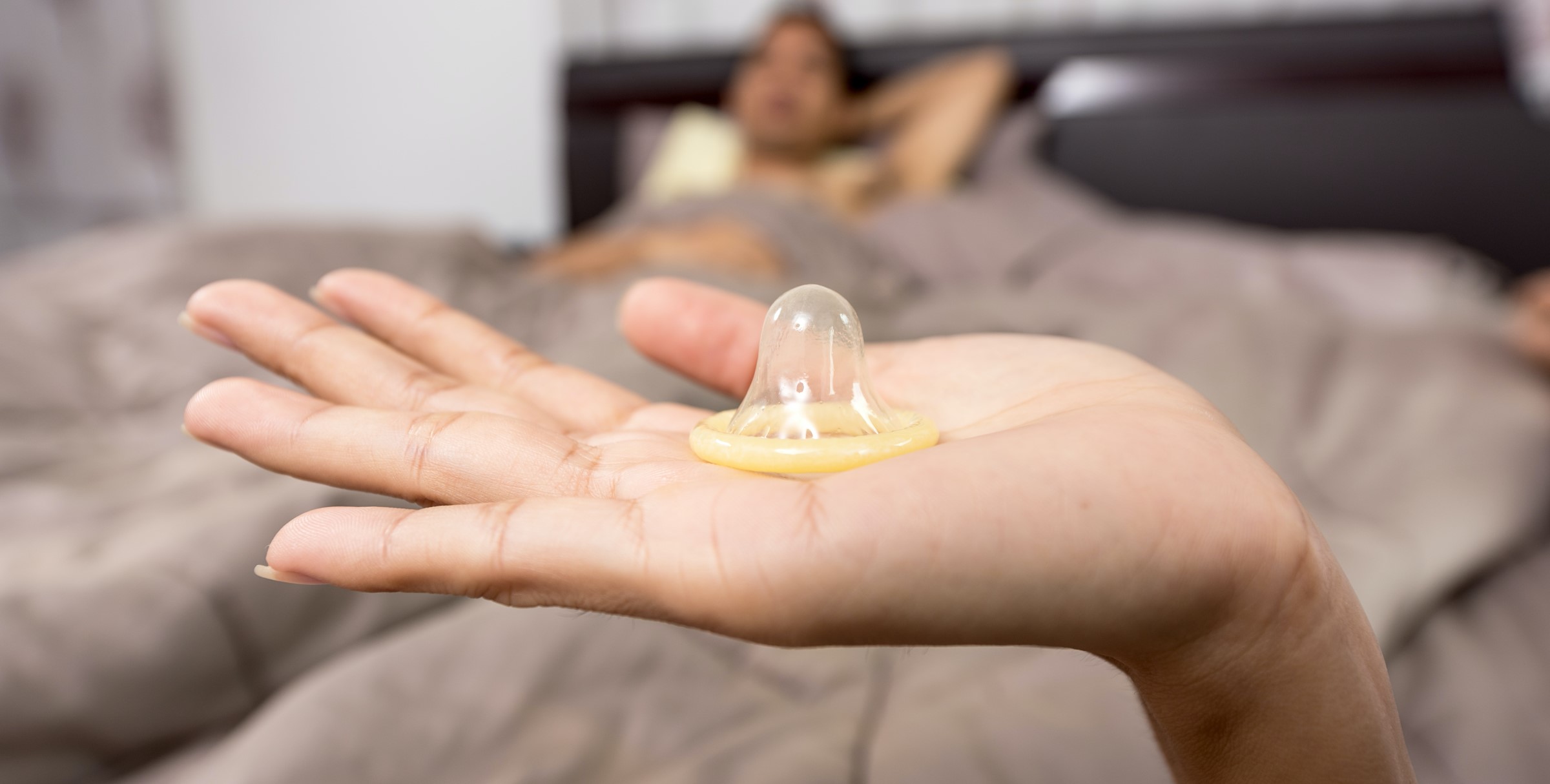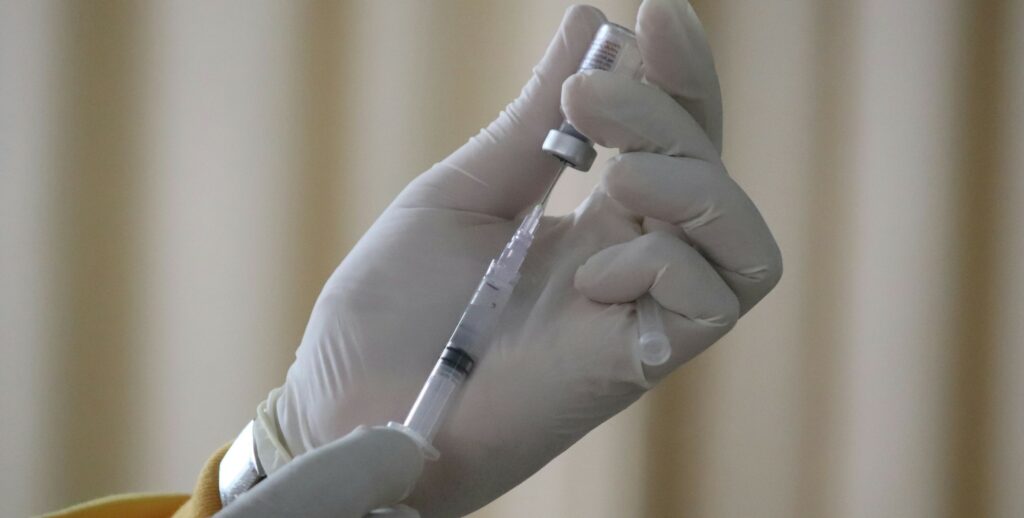Using condoms correctly can effectively reduce the risk of contracting sexually transmitted infections (STIs) and unwanted pregnancies.
Whether you’re looking for information about how to use a condom properly or want to make sure you’re taking all necessary precautions, this blog is here to help.
What are condoms?
A condom, sometimes called an external condom, is a thin, stretchy sheath, usually made of a synthetic material like artificial latex, that is worn over the penis during sexual intercourse to provide a physical barrier between partners. The primary function of a condom is to prevent semen from entering the vagina, thereby preventing pregnancy.
There are also “internal” condoms, also known as female condoms. Instead of going around the penis, internal condoms are inserted into the vagina. They function in more or less the same way as an external condom.
Condoms also help also reduce the risk of contracting sexually transmitted infections (STIs).
How to apply a condom correctly
In order for a condom to help prevent pregnancy and stop the spread of STIs, they need to be applied correctly.
To properly apply a condom, make sure you have chosen the right size of condom for your needs. Using a condom that is either too big or too small may render it ineffective.
Follow these steps when applying a condom to ensure it works correctly:
- Squeeze the tip of the condom between two fingers to remove any air inside.
- Roll down the sides until it reaches the base of the erect penis.
- Smooth out any air pockets that may remain at either end before engaging in sexual activity.
When using a condom, it is also important to make sure that you check the expiration date before use in order to ensure maximum effectiveness. Additionally, it is recommended that you store your condoms in a cool, dry place away from direct sunlight or excessive heat/cold temperatures.
Are condoms an effective form of birth control?
Condoms are an effective form of birth control when used correctly and consistently. Condoms are 98% effective in preventing pregnancy when used perfectly. However, this number drops to 82% with typical use.
Do condoms protect against STIs?
Sexually transmitted infections (STIs) are a major health concern that can have serious, long-term consequences if left untreated.
Fortunately, condoms provide an effective and affordable way to reduce the risk of contracting STIs during sexual activity. This is because they act as a physical barrier between partners which stops bodily fluids such as semen and vaginal secretions from coming into contact with each other – thereby drastically lowering the risk of transmission.
However, it is important to note that while condoms offer significant protection against infection, they may not completely prevent all types of STI transmission due to their inability to cover areas outside the genital region.
Therefore, it is essential for individuals engaging in both protected and unprotected (surely this should be “condom protected” sex to get tested regularly for STIs to ensure early detection and treatment should any infection occur.
Advantages and disadvantages of condoms
Condoms are a good way to help reduce the risk of getting pregnant or catching an STI. They are also easy to use and do not produce any side effects in most cases.
However, there can be some disadvantages. While condoms reduce the risk of unwanted pregnancies and STIs, they do not eliminate it entirely. It’s still possible to get an STI or get pregnant even if you use condoms.
Condoms can also break during sex, which exposes you to the possibility of contracting STIs or getting pregnant. Some people may also be allergic to the material, which can make using certain types of condoms problematic.
Do I need to use a condom for oral or anal sex?
Condoms are an effective way to reduce the transmission of STIs during any sexual activity, particularly during anal or oral sex. When engaging in oral or anal sex with a partner who may have an active infection, using a condom can decrease the risk of transmission significantly compared with unprotected contact.
Can anything make condoms less effective?
Some things can make condoms less effective in preventing STIs and pregnancy. For example, if the condom is not big enough, it might not fit properly, which may expose the genitals to infection. Also, if the condom is not put on correctly or used for too long, it may break and no longer be able to offer protection.
Final thoughts
Condoms are a great way to help protect against getting pregnant or catching an STI. However, it is important to be aware of the advantages and disadvantages of condoms to make informed decisions about your sexual health.
Get tested today if you think you may have been exposed to an STI.





